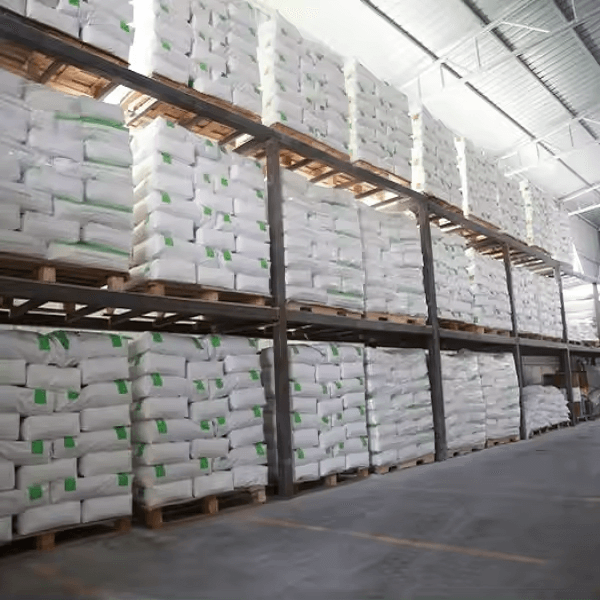Hydroxypropyl methylcellulose (Hypromellose), also known as hydroxypropyl methylcellulose, is a type of non-ionic cellulose mixed ether. It is a semi-synthetic, inactive, viscoelastic polymer, often used as a lubricant in ophthalmology, or as an excipient or excipient in oral drugs.

The main production method of hydroxypropyl methylcellulose is to treat refined cotton cellulose with an alkaline solution at 35-40°C for half an hour, squeeze, crush the cellulose, and properly age it at 35°C so that the average polymerization degree of the obtained alkali fiber is within the required range. The alkali fiber is placed in an etherification kettle, C3H6O and methyl chloride are added in turn, and etherified at 50-80°C for 5h, with a maximum pressure of about 1.8MPa. The reaction product is post-treated (neutralized with hydrochloric acid, removed iron oxalate, washed, and dried) to obtain hydroxypropyl methylcellulose.
Hydroxypropyl methylcellulose is hygroscopic after drying, but its properties are stable. Its solution is stable at pH 3-11. The viscosity of the solution decreases with increasing temperature. Heating and cooling can reversibly transform hydroxypropyl methylcellulose from a solution state to a gel state. Depending on the grade and concentration, the gelation temperature is 50~90℃.
The aqueous solution of hydroxypropyl methylcellulose has anti-enzymatic effects and maintains good viscosity stability during long-term storage. However, its aqueous solution is easily attacked by microorganisms, so preservatives and antibacterial agents should be added during storage. When hydroxypropyl methylcellulose is used as a thickener for eye drops, benzalkonium chloride is usually added as a preservative. The aqueous solution can be sterilized by high pressure. After cooling, the agglomerates are shaken and dispersed again.
Hydroxypropyl methylcellulose is generally considered to be a non-toxic and non-irritating substance, but excessive oral administration can cause diarrhea. The normal intake is harmless to human health. WHO does not stipulate the daily intake of hydroxypropyl methylcellulose. Hydroxypropyl methylcellulose is widely used as an auxiliary material for oral and topical pharmaceutical preparations. It is also widely used in cosmetics and food.
Hydroxypropyl methylcellulose is contraindicated with certain oxidants. Since hydroxypropyl methylcellulose is a non-ionic compound, it can form insoluble precipitates with metal salts or ionized organic matter, so hydroxypropyl methylcellulose powder must be stored in a sealed container and placed in a cool and dry place.
